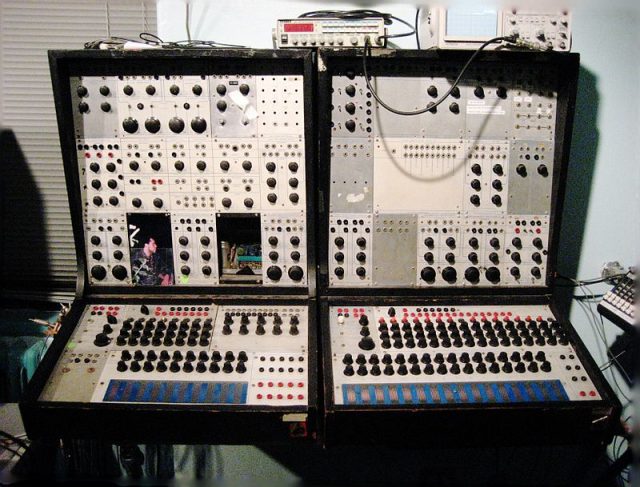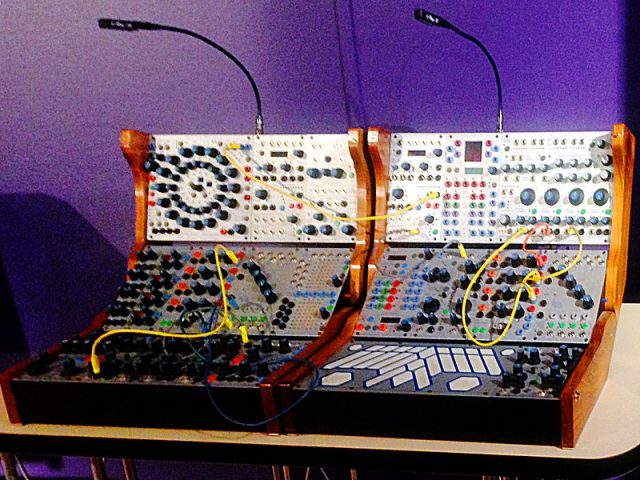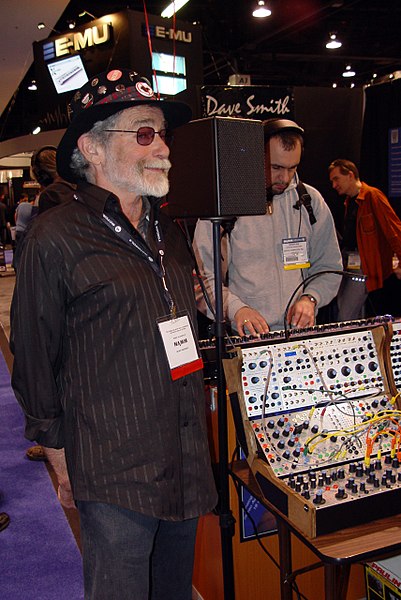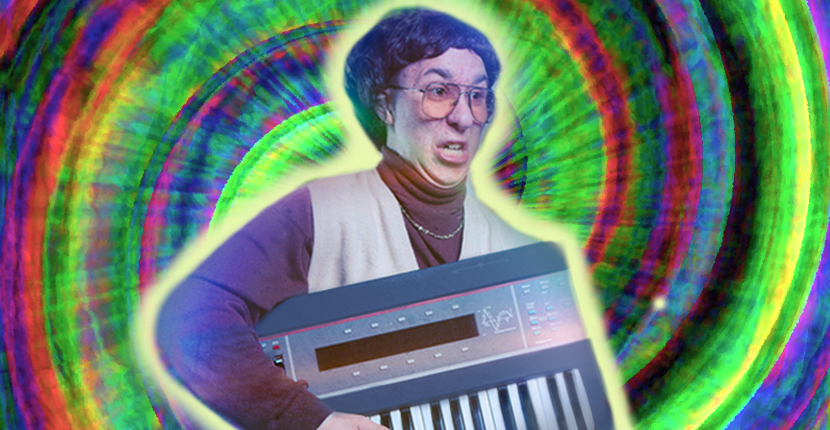A San Francisco engineer has an LSD synthesizer story for the ages. Back in the 1960s there was a rumor that musical synthesizers, a favorite instrument of many San Francisco rock bands, were riddled with LSD, that they had actually been “dipped” in it. Anyone touching such an instrument could go on a wild trip–or at least that was what the urban legend said.
For Bay Area engineer Eliot Curtis, such a perception became all too real in 2019.
Curtis, broadcast operations manager for Bay Area news channel KPIX, had volunteered to repair a vintage Buchla synthesizer locked in storage for years at California State University East Bay. He succeeded in repairing it, but there was a bit of a cost. In the middle of fixing the instrument, Curtis began to feel “a strange tingling sensation.” It turns out that he had accidentally ingested LSD through a knob in the synthesizer.

“Online chatter detailed how musicians who used the instrument would wet their finger, touch the device, and then lick their finger to get a little bit of mind-expanding inspiration,” according to CBS San Francisco. Even though this synthesizer hadn’t been used for years, the LSD on it was still very much active.
While doing the repairs in his home workshop, Curtis took note of a “crusty residue” that was under a knob on the instrument. He attempted to clean the residue with his finger and about 45 minutes later … colored lights began to hypnotize. His “tripping” took place in front of his wife, Holly.
“I think it’s super wild. I think this whole situation is a nice chapter in the history of the counter culture,” said Holly, according to CBS.

The synthesizer — today formally called an “analog music modular instrument” — was originally commissioned by two avant-garde musicians who taught music for the school in the 1960s. (Cal State East Bay was then known as Cal State Hayward.) The men who secured the funding for the instrument were Professors Glenn Glasow and Robert Basart.
This particular synthesizer is thought to have been personally designed by Don Buchla. He was an instrument builder, musician, and composer who created instruments, including voltage-controlled modular synthesizers, as tools for creating previously unheard sounds. Buchla helped build and sometimes ran the Grateful Dead’s sound system in the 1960s.

Curtis’s LSD trip lasted about nine hours. The residue was tested, and it was indeed lysergic acid diethylamide. “An LSD researcher said the substance can remain powerful for a long time if it is kept in cool, dark places,” said CBS.
The synthesizer was kept in a closet in a corner of a classroom for years. Once a treasured part of the counterculture, it went out of style, and no one bothered to repair it until Curtis volunteered to give it a try.
Related Video:
https://youtu.be/-OkS3cLVi-U
The instrument had a fascinating pedigree. The New York Times reported, “In the early ’60s, the better-known Robert Moog, who died in 2005, and Mr. Buchla arrived independently at the idea of the voltage-controlled modular synthesizer: an instrument assembled from various modules that controlled one another’s voltages to generate and shape sounds. Voltages could control pitch, volume, attack, timbre, speed and other parameters, interacting in complex ways. Mr. Buchla began designing his first instrument in 1963, but it was not completed until 1965. The first Moog prototype was unveiled in 1964.”
The Buchla Box was also the supplier of sound for the writer Ken Kesey’s Acid Tests, multimedia happenings during which attendees, including Buchla, used LSD. “Mr. Buchla was at the electronic controls for sound and visuals at the Trips Festival in San Francisco in 1966, a pinnacle of the psychedelic era,” according to the New York Times. “In his book The Electric Kool-Aid Acid Test, Tom Wolfe wrote about the ‘Buchla electronic music machine screaming like a logical lunatic.’ ”
“He was a genius and an adventurer – an adventurer in the real sense of the word,” his friend, musician Bob Ostertag, told The Guardian. “Almost everything he made was unprecedented
Buchla died in 2016 at the age of 69.
Nancy Bilyeau, a former staff editor at Entertainment Weekly, Rolling Stone, and InStyle, has written a trilogy of historical thrillers for Touchstone Books. Her new book, The Blue, is a spy story set in the 18th-century porcelain world. For more information, go to www.nancybilyeau.com
